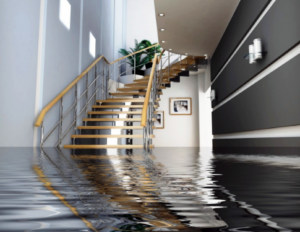Hidden Risk of Lead Exposure
In 2018, everyone has some awareness of the dangers of lead paint. It was not so long ago, though, that lead-based paint was a fixture in nearly every American home. Prior to 1978, when lead paint was banned in the U.S., it was prized for its quick-drying, water-repellent durability. Of course, these benefits pale in comparison to the health hazards we’ve since discovered.
According to the U.S. Department of Housing and Urban Development (HUD), lead is “a highly toxic metal that may cause a range of health problems, especially in young children.” These issues include “damage to the brain and other vital organs, like the kidneys, nerves and blood. Lead may also cause behavioral problems, learning disabilities, seizures, and in extreme cases, death.” Because of the seriousness of these issues, in 2010 the EPA instituted a new rule for lead testing called the Renovation, Repair, and Painting Program (RRP). This rule states that all pre-1978 buildings in which children may be present must be tested prior to any construction work, and must employ EPA-approved contractors.
At Allied Restoration, we deal with lots of clients living in historic properties. This means that we always encourage testing prior to a renovation project. Testing is inexpensive, especially compared to the $37,500 fine the EPA can levy for negligent testing and restoration. We employ the experts at Envirocheck to perform state-of-the-art lead testing. Our goal at Allied is not simply to do great restoration, but also to make residents feel safe in their home. Without testing for toxic materials, it’s impossible to guarantee your safety.
In the event that Envirocheck finds unacceptable lead levels in your home, Allied will make removing this hazardous material top priority. The first step is to quarantine all lead-bearing substances. As lead is heavy, it’s important to protect floors, carpeting, and soil. We then seek to control the lead by monitoring and minimizing dust creation while treating contaminated surfaces. The final step is to clean all surfaces that may have encountered lead-tainted material. Once this process is complete, we can test again for lead levels.
When it comes to dealing with a material as toxic as lead paint, there’s no precaution not worth taking. If you think your home may be at risk, get in touch with Allied Restoration today.




